Scientific illustrations with focus on natural sciences
Science really comes alive with pictures. Here you will find that not only the natural sciences like biology, chemistry, geology, and physics can be easily illustrated, but also economical, historical or psychological sciences as well.
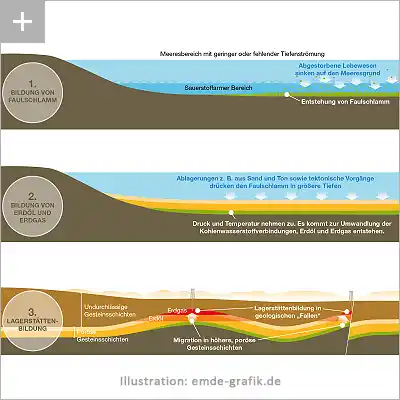
Scientific illustration geoscience:
Deposit formation (oil, gas)
More about this work for “Spektrum der Wissenschaft” under “featured projects”

Geoscientific illustration:
Evolution of life
More about this project for “Geologisches Institut Freiburg im Breisgau”

Illustration for neuro science article by Dr. Oliver Sacks:
Linguistic deficit (aphasia) after stroke
More about this article
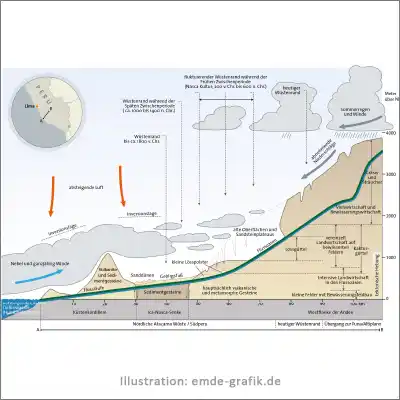
Scientific illustration about meteorology:
Regional climate in the andes mountains (Peru)

Illustration pharmacology:
Molekule of methylphenidate
(in cooperation with Erika Heil)

Hydrogeology:
Coastal Groundwater Dynamics
Publication by Wiley Online library
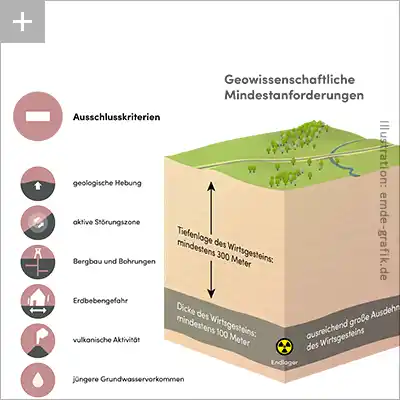
Nuclear power:
Geological criteria for nuclear waste repository
More about this project for “Bundesgesellschaft für Endlagerung” (federal company for radioactive waste disposal) under “featured projects”

Infographic:
Nuclear phase out in Germany
More about this project for “Bundesgesellschaft für Endlagerung” (federal company for radioactive waste disposal) under “featured projects”

Scientific illustration linguistic research:
Lineage of the indogermanic languages
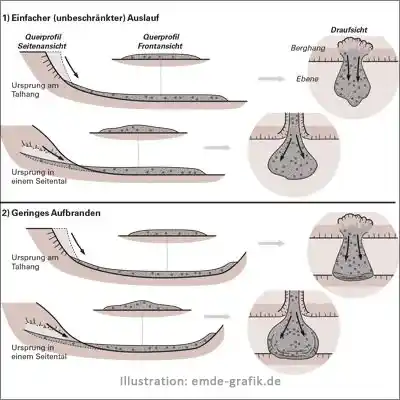
Illustration for geological article:
Different forms of landslides

Geo science illustration:
Geological display board – ponor

Paleontology:
Sea-lily and their stem fragments (trochites)
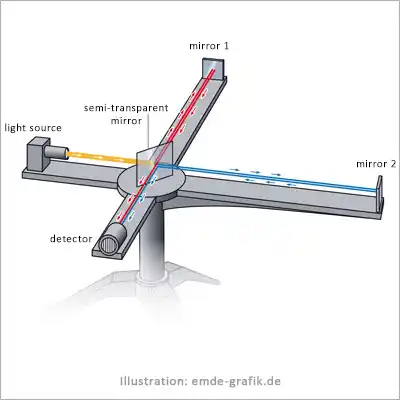
Theory of relativity:
Michelson-Morley experimente

Illustration mathematics:
Measuring rods

Ink drawing paleontology:
Ammonite “Ceratites nodosus”
Frequently asked questions about scientific illustrations (FAQ)
What is a scientific illustration?
Science has many levels: From popular scientific publications for interested laypersons to highly specialized expert knowledge, scientific findings gain value when they are well visualized. It is important to know which standards have become established in the scientific fields (e.g. symbols or colors), which technical terms are familiar to the public, which schemes exist and also which styles, which “codes” have become established for scientific disciplines.
What do I need scientific illustrations for?
I create most scientific illustrations for publications in specialist journals, which are also used in lectures and lecture notes. Museums, institutes and companies, educational institutions, publishers and authors often order appealing graphics.
What do I need to look out for in scientific information graphics?
Once the target groups have been defined, the question of style and structure of the graphic arises. Scientific accuracy is essential, while keeping it as simple and clear as possible. Define the contact person: Who is the expert, who clarifies and evaluates the content, who takes care of the details.
What is the procedure for creating a scientific information graphic?
As a rule, clients are experts with a very high level of specific specialist knowledge. My job is to clarify the objective of the illustration and to guide the process of visualization to an easily understandable, appealing result by thinking carefully and asking questions. This usually involves several rounds of coordination.
Who are scientific illustrations for?
The question of target groups is absolutely fundamental. Scientific topics can be relevant, even essential, for all people of different ages, levels of education, etc., so the question of “for whom” is the first to be asked, and the one from which all other questions are based on.
